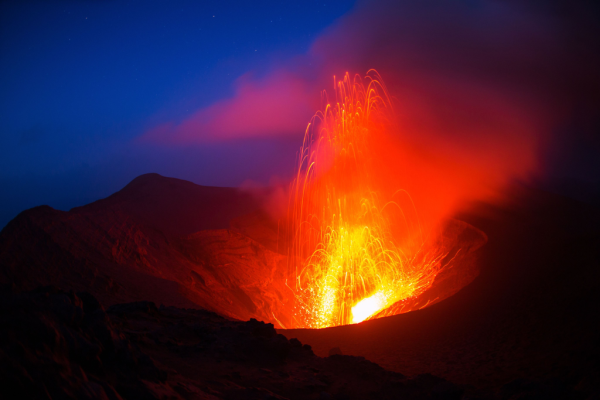Meteorologists are all taking about the Triple Dip, but La Niña will not be the only meteorological force at play that could shape the weather patterns across the U.S. during the upcoming winter.
As AccuWeather reports, on January 15, 2022, the Hunga Tonga-Hunga Ha’apai volcano, an underwater volcano located about 2,200 miles northeast of Sydney, Australia, erupted in grand fashion, sending a significant plume of gas, ash and water vapor high into Earth’s atmosphere. The fallout from the eruption towered through the troposphere, the lowest layer of the atmosphere where most weather occurs, and reached into the stratosphere.
This “once-in-a-lifetime” eruption was so powerful that it sent shockwaves around the world and caused the amount of water vapor in the stratosphere to increase by around 5%, according to a recent report by The Associated Press (AP).
“Volcanic eruptions rarely inject much water into the stratosphere,” NASA said. “The sheer amount of water vapor could be enough to temporarily affect Earth’s global average temperature.” AccuWeather Senior Meteorologist Paul Pastelok added that unlike volcanic ash, which reflects sunlight, the water vapor acts like a blanket and keeps warmer air trapped underneath. “Instead of cooling the surface, the reaction could be more warming. That could be one of the factors involved and we could see that hang over into the winter,” Pastelok said.
Specifically, the lingering water vapor from the January eruption could indirectly help to fortify the polar vortex over the North Pole, preventing it from dipping down across North America. However, the jury is still out on whether or not the volcanic fallout will indeed have a significant impact on the winter forecast or other seasonal forecasts in the future.
Pastelok concluded by saying that the research is still ongoing and that there is lower confidence that the aftermath of the eruption will have a big impact on the winter forecast.
—
Photo Credit: StanislavBeloglazov / Shutterstock.com
